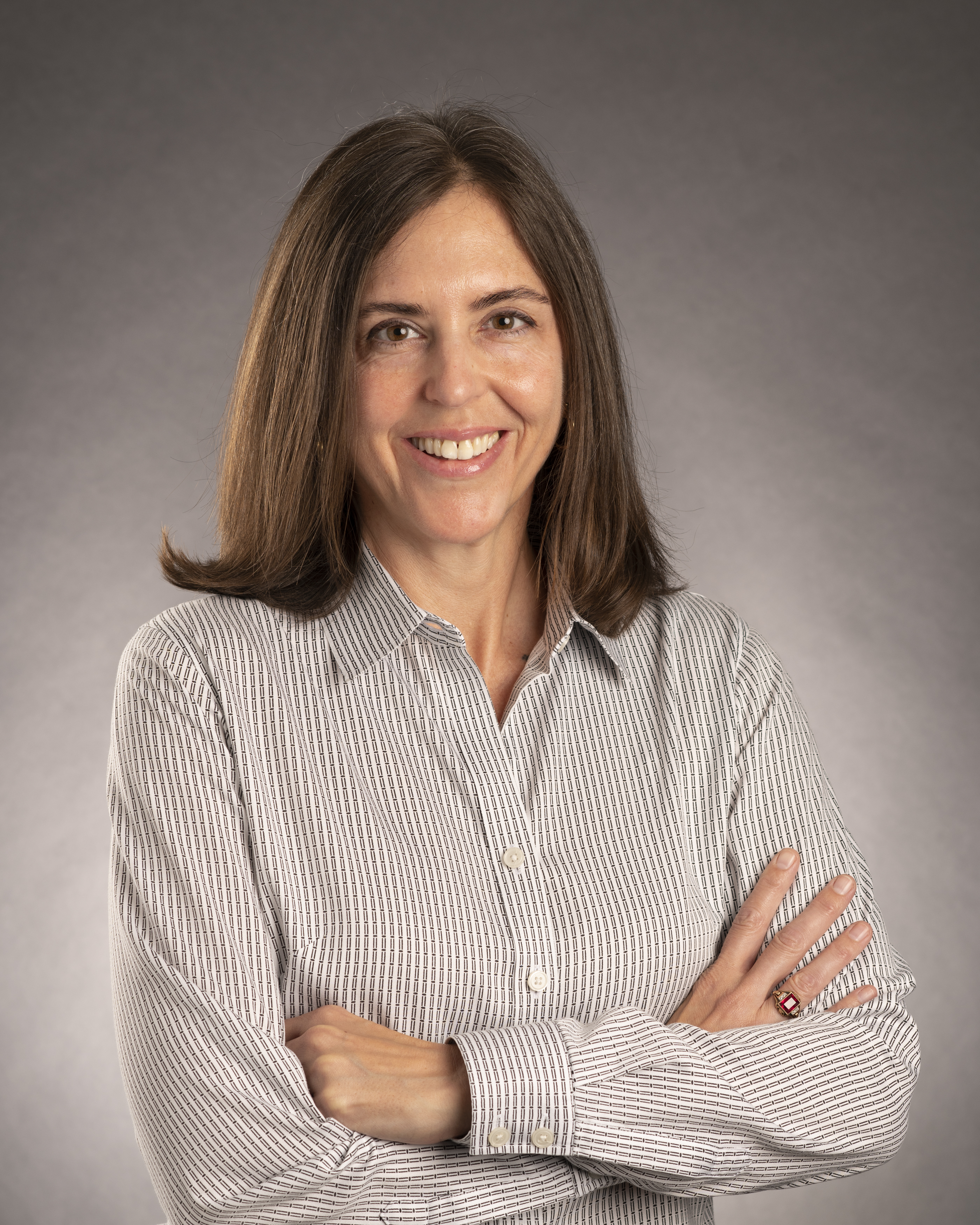Pre- COVID-19 pandemic, many faculty members arrived to committee meetings late, perhaps rushing from clinic or a prior meeting across campus that ran over the expected time. The entry door was at the front of the room, near the presenter, so each late attendee disrupted the speaker and participants as they sifted through the attendance sign in sheet and collected document copies. At the end, meeting attendance documentation sometimes indicated high absences from voting-members of the committee, with sometimes barely over half of the voting members having attended. This might have been due to distance to travel or inconvenience of work flow to get to another part of campus. The meeting room was arranged with traditional small rectangular tables in rows facing the speaker at the front of the room, so questions from the group were directed at the speaker.
The questions sparked limited group conversation, as a committee member at the middle or back of the room was often speaking to the back of the heads of the attendees at the front of the room. Extroverts tended to contribute verbally the most, and interaction among the attendees was difficult due to room arrangement. The video feed to/from another campus produced a small image that was difficult to see. Most frequently, non-faculty members such as education coordinators or institutional support staff who attended the meeting seated themselves at the back or around the outer edges of the room.
Our committee transitioned to teleconference, and embraces the technology as we continue to navigate the COVID-19 pandemic. Faces fill the virtual meeting screen, most with video, some without. Unlike the previous year, attendance rates of voting members vastly increased. Faculty join from more diverse locations: clinical settings, their own offices across campus, their home office (sometimes joined by a pet or child), their car while making a long commute (audio only for safety), and from undisclosed locations (with virtual backgrounds). As noted in online classes, the different locations spark small talk in the faculty meetings about an item in the bookshelf, the cat making an appearance, and even the virtual backgrounds that may represent an attendee’s “happy place” like a favorite vacation spot or movie background. The virtual format can reach larger faculty audiences, allows for work/life integration, encourages egalitarian conversation, as all attendees have an equal space at the virtual table, and all faces with videos on are displayed, instead of the backs of heads. Those arriving late do not disrupt the meeting discussion, and attendance is easier to document. Turn-taking is encouraged, as only one member can effectively have their microphone active at a time. Introverts, those participating from public locations, or those who are multitasking can write questions or comments in the chat and have them answered. Participants across campuses have an equal space on the screen and can participate with audio more easily. Participants from our Resources such as links and files are shared real time in the chat or through dynamic screensharing. Meetings are more regularly recorded for later reference or to share with those who could not attend.
The move to holding our curriculum committee meetings by teleconference was prompted by a need to maintain continuity of faculty governance during the COVID-19 pandemic, and there have been recent investigations into the overuse of teleconferencing. However, in the case of our once monthly curriculum committee, the virtual format allowed meeting participation and engagement to thrive.
What have been your experiences with the transition to virtual meetings? Comment below to join the conversation!
Did you know that the Harvard Macy Institute Community Blog has had more than 280 posts? Previous blog posts have explored topics including reimagining the visiting professorship during a pandemic, virtual mentoring, and zoom, bloom, and the virtual room.
Karina R. Clemmons


